https://player.fm/series/hispanic-marketing-and-public-relations/hmpr-ira-pastor


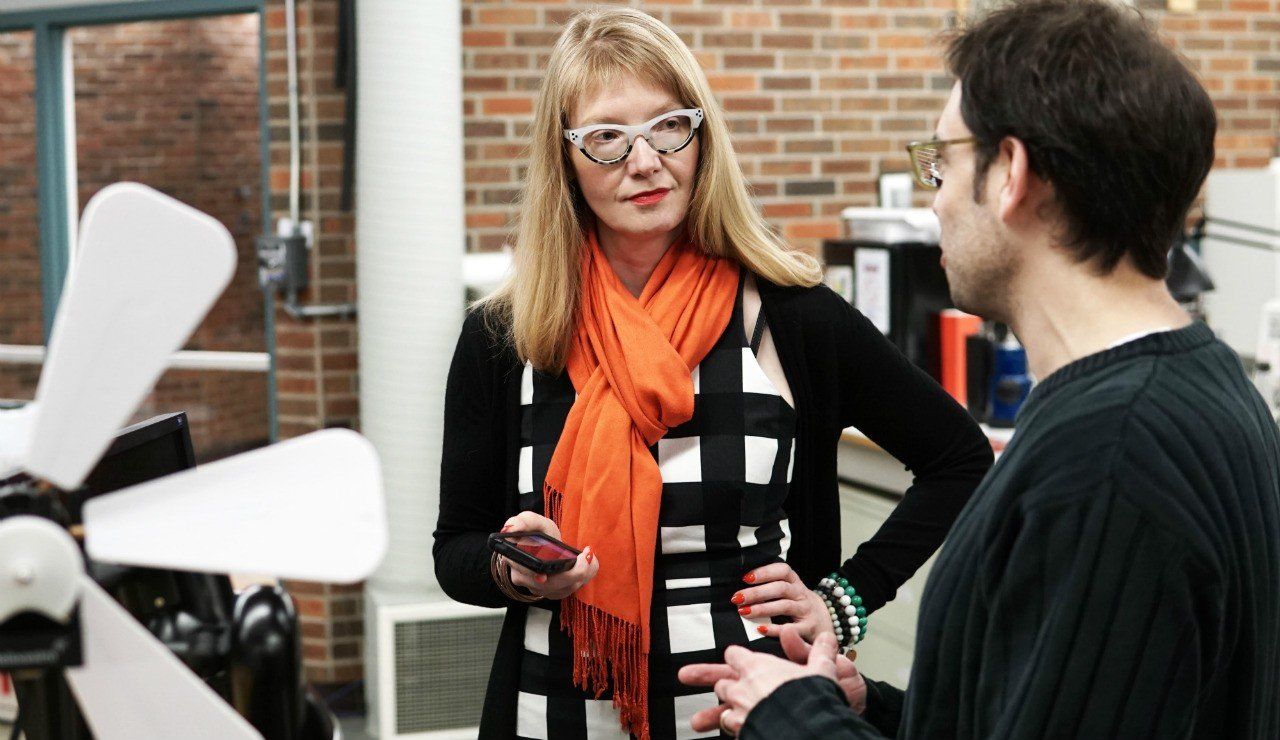
Imagine waking up tomorrow in a world that doesn’t depend on oil.
That might seem far-fetched, but as engineers and scientists come up with new ways to harness renewable energy, those new sources of energy may soon shape the way our societies function and how we live our daily lives.
“We’re going to stop depending on oil long before we run out of it, so we really need to exercise our imaginations about what other futures are possible,” explains University of Alberta associate professor Sheena Wilson, who heads the Future Energy Systems energy humanities theme.
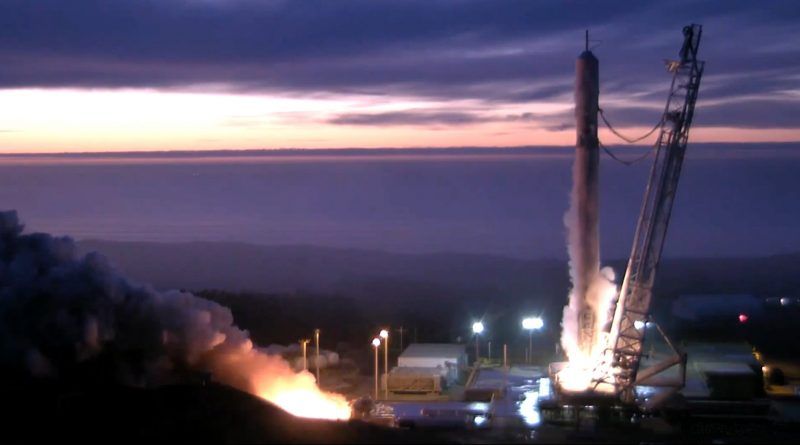
A previously-used Falcon 9 booster soared to life at California’s Vandenberg Air Force Base on Sunday for its Static Fire test ahead of lifting the fifth set of Iridium-NEXT communications satellites on Thursday, marking the start of a string of Falcon 9 missions lined up for March and April. Liftoff is targeting 14:19 UTC on March 29 to boost the number of Iridium-NEXT satellites in orbit to 50 as the Virginia-based communications company continues pushing toward having the full Iridium-NEXT constellation in operation by the end of summer.
Sunday’s Static Fire test occurred near the opening of the day’s test window at 7 a.m. and was expected to run for seven seconds to exercise the nine previously-flown Merlin 1D engines of Booster 1041, gearing up for its second Low Earth Orbit mission. The booster was first in action for the third Iridium-NEXT mission in October 2017 and successfully returned via a Drone Ship landing in the Pacific Ocean as SpaceX has yet to conduct its first return-to-launch-site recovery from Vandenberg.
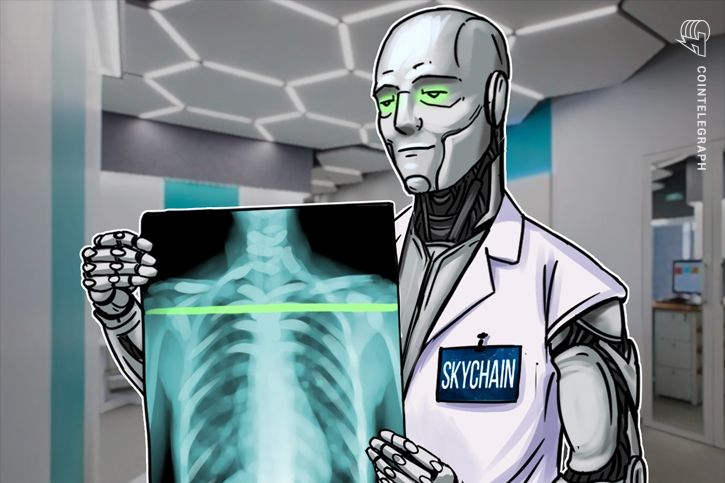

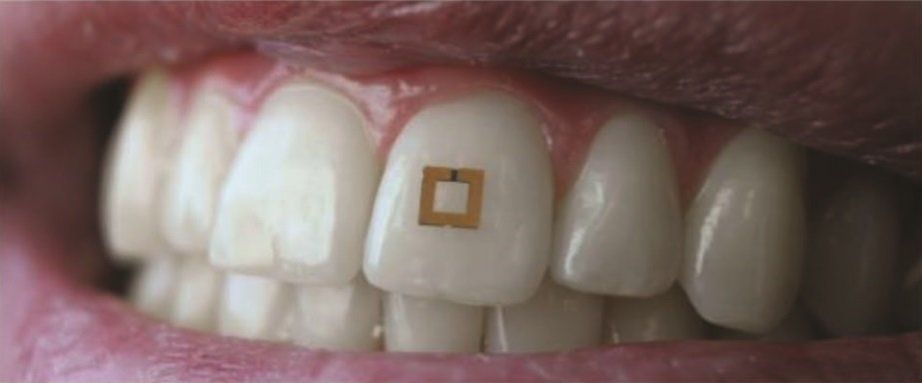
Monitoring in real time what happens in and around our bodies can be invaluable in the context of health care or clinical studies, but not so easy to do. That could soon change thanks to new, miniaturized sensors developed by researchers at the Tufts University School of Engineering that, when mounted directly on a tooth and communicating wirelessly with a mobile device, can transmit information on glucose, salt and alcohol intake. In research to be published soon in the journal Advanced Materials, researchers note that future adaptations of these sensors could enable the detection and recording of a wide range of nutrients, chemicals and physiological states.
Previous wearable devices for monitoring dietary intake suffered from limitations such as requiring the use of a mouth guard, bulky wiring, or necessitating frequent replacement as the sensors rapidly degraded. Tufts engineers sought a more adoptable technology and developed a sensor with a mere 2mm x 2mm footprint that can flexibly conform and bond to the irregular surface of a tooth. In a similar fashion to the way a toll is collected on a highway, the sensors transmit their data wirelessly in response to an incoming radiofrequency signal.
The sensors are made up of three sandwiched layers: a central “bioresponsive” layer that absorbs the nutrient or other chemicals to be detected, and outer layers consisting of two square-shaped gold rings. Together, the three layers act like a tiny antenna, collecting and transmitting waves in the radiofrequency spectrum. As an incoming wave hits the sensor, some of it is cancelled out and the rest transmitted back, just like a patch of blue paint absorbs redder wavelengths and reflects the blue back to our eyes.
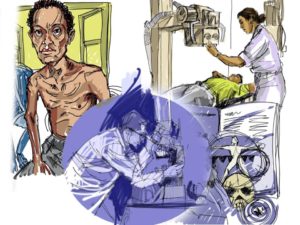
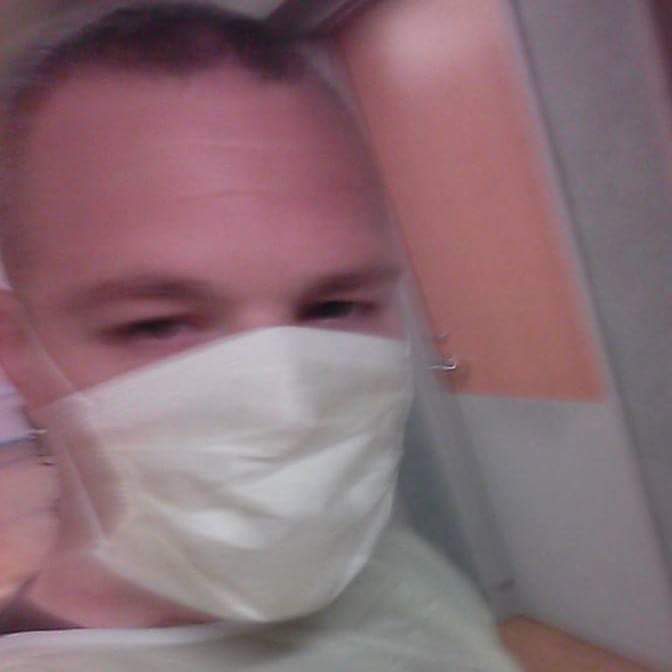
I would like to share a story. A story about sadness, depression, anger, and frustration. But most of all this is my personal story about triumphing over the death sentence of #cancer. I hope this story will give others who went through and are going through hope for the future.
My story started about 4 years ago on a cold winter day. Up until this point my life seemed invincible. That all changed. At the time I was working at the plasma center and we were preparing for an audit by the FDA. Before an audit we would have the floors waxed and make the center look as nice as possible. A few co-workers and I stayed late to help move the donor beds. I knew I had been feeling pain in my neck/shoulder area for a few weeks so I really didn’t want to. I figured it must have been from repetitive motions at work. I decided to just ignore it and help anyways: this decision changed my life dramatically.
As my coworker and I lifted a donor bed I felt a sharp pain in my neck. I could barely move my arm as it was so excruciating. I couldn’t lift my arm to my chest. I shyly let my manager know that I hurt myself. My manager had me go to Concentra #Health since I was going to be covered under worker’s compensation there. It was there I met Dr. Kreiger, one of the doctors who helped save my life.


Editor’s Note: The American Chemical Society is also issuing a press release today embargoed for 5am Eastern Time that can be requested at [email protected] or call 504−670−6721.
NEW ORLEANS, March 19, 2018 — Up until now, local inflammation and scar tissue from the so-called “foreign body response” has prevented the development of in-body sensors capable of continuous, long-term monitoring of body chemistry. But today scientists are presenting results showing tiny biosensors that become one with the body have overcome this barrier, and stream data to a mobile phone and to the cloud for personal and medical use.
“While fitness trackers and other wearables provide insights into our heart rate, respiration and other physical measures, they don’t provide information on the most important aspect of our health: our body’s chemistry,” explained Natalie Wisniewski, Ph.D. “Based on our ongoing studies, tissue-integrated sensor technology has the potential to enable wearables to live up to the promise of personalized medicine, revolutionizing the management of health in wellness and disease.” Dr. Wisniewski, who leads the team of biosensor developers, is the chief technology officer and co-founder of Profusa Inc., a San Francisco Bay Area-based life science company.